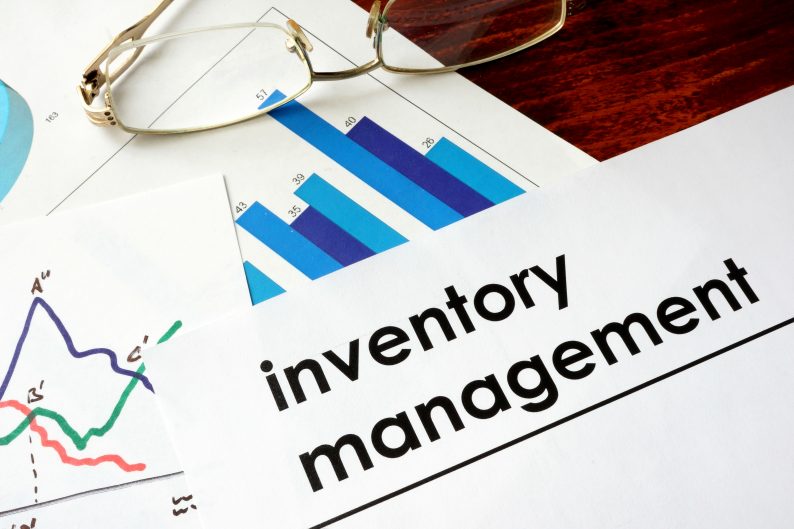Inventory optimisation: the winning formula for cutting costs?
22 Jan 2020 | by Brett Mundell
Balancing stock levels is critical to reducing costs in manufacturing, distribution and retail businesses. Learn why inventory management systems are essential.
Doing more with less is one part of the puzzle when it comes to running a leaner, more profitable business. Extracting greater value from your spend on stock is a great place to start.
Are inventory costs a burden to your business?
-
- Cash flow issues: A lot of working capital goes into purchasing raw materials and products for sale. If you buy more than you need, you can’t direct that money towards other business activities that could be generating a profit immediately. Overstocking is a danger because product portfolios are expanding. Consumer’s changing expectations, personalisation and the rise of e-commerce means there’s pressure to make/stock a wider variety of product lines to cater to preferences and niche markets.
-
- Wastage and dead stock: Not having the goods you need to drive production or fulfil an order obviously leads to lost business. But sitting on inventory that isn’t being used or sold in the short-term can lead to wastage and lost revenue if materials are poorly managed. For instance: when you stock food, chemicals or drugs that aren’t used or sold before expiration dates, or stocking too much of a product that doesn’t sell well. Dead stock either costs you in wasted space, or has to be heavily discounted or discarded at a loss.
-
- Overheads: Floorspace for manufacturing and warehousing isn’t cheap because demand for industrial land is so high. The more goods/SKUs you hold the more space you need and the more overheads you have.
Inventory optimisation is a must
Small to medium enterprises that struggle with keeping optimum stock levels often experience production issues, stock-outs, long lead times and poor record-keeping. Inventory optimisation should be a focus for any business that holds significant volumes of stock.
Over and under-stocking arises due to a lack of adequate documentation, procedures and oversight across business functions.
Being able to juggle purchasing, sales, production, point of sale, e-commerce, fulfilment and a variety of delivery options for a growing customer base requires precise coordination and access to enterprise-wide data. Integrated business systems are a must.
Invest in an ERP solution to save
Optimised inventory management — enabled by technology like an Enterprise Resource Planning (ERP) solution — gives you foresight, accuracy, and confidence in the location, availability and quantity of stock on hand.
Because an ERP solution connects operational workflows to financial management and analytics tools — it also becomes easier to see and manage cash flow, spot trends and implement strategies to grow your business without unnecessary inventory baggage.
Consumers and B2B buyers don’t just want choice and reliable delivery: they want accurate details about products and their movement throughout the supply chain to ensure quality, safety and maximise shelf life. ERP solutions with robust inventory management augment your efforts to improve first-in-first-out methods, traceability, and sustainability.
With a modern inventory management ERP solution you can:
-
- adopt more efficient, regular stocktaking;
- collect and leverage richer product and customer data;
- predict and cleverly plan purchasing needs;
- cut lead times, manage suppliers and shipping;
- benefit from economic order qualities and understand landed costs;
- issue goods into streamlined production processes more easily;
- deliver on time and in full; and
- enhance the customer experience.
[RELATED – 10 Ways an inventory management ERP simplifies your supply chain]
Inventory ERP software is key to success
Ineffective business systems limit the value you can expect to recoup from the stock you produce, purchase and store.
Manufacturing, wholesale distribution, and retail businesses can save money, time and wasted productivity by optimising stock levels and stock movement with an ERP solution designed for inventory management.
Contact Leverage Technologies’ experienced team to discover your ideal inventory management ERP solution. Call us on 1300 045 046 or email [email protected].

Brett has more than 20 years of business software sales and company management experience. Brett has been involved in more than 300 ERP projects. His passion is customer satisfaction, making sure every client is more than just satisfied. Brett wants our customers to be driven to refer their friends and peers because we offer the best services and technology available and because we exceeded their expectations.





Leave a comment